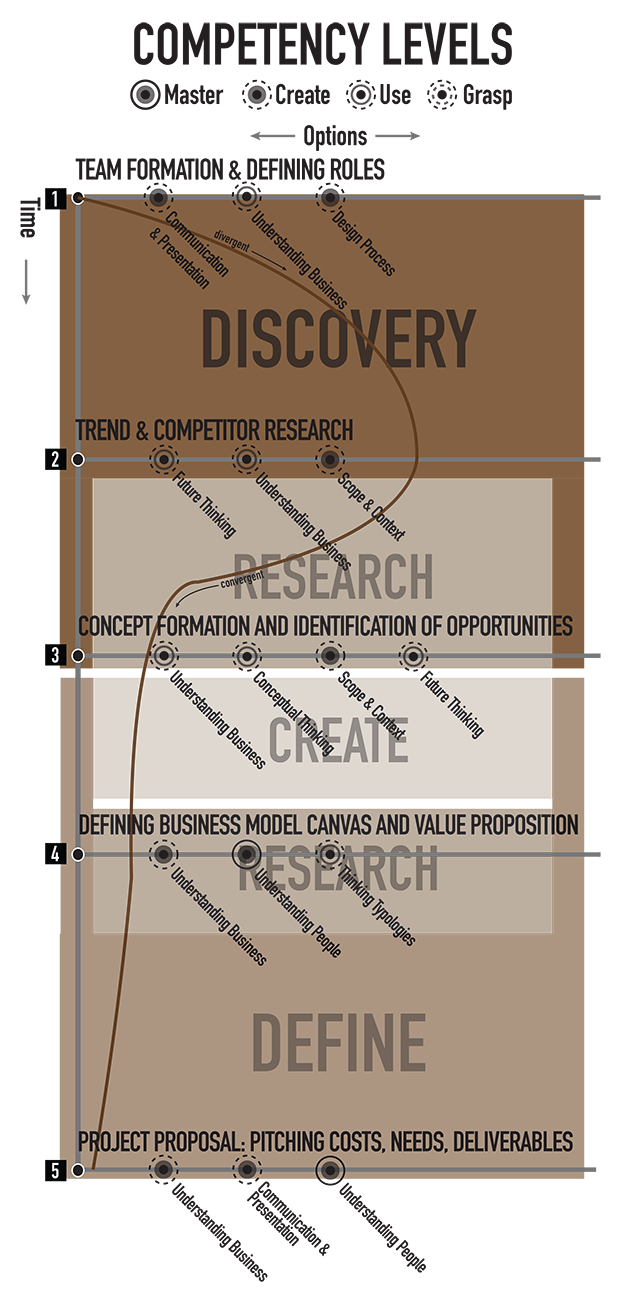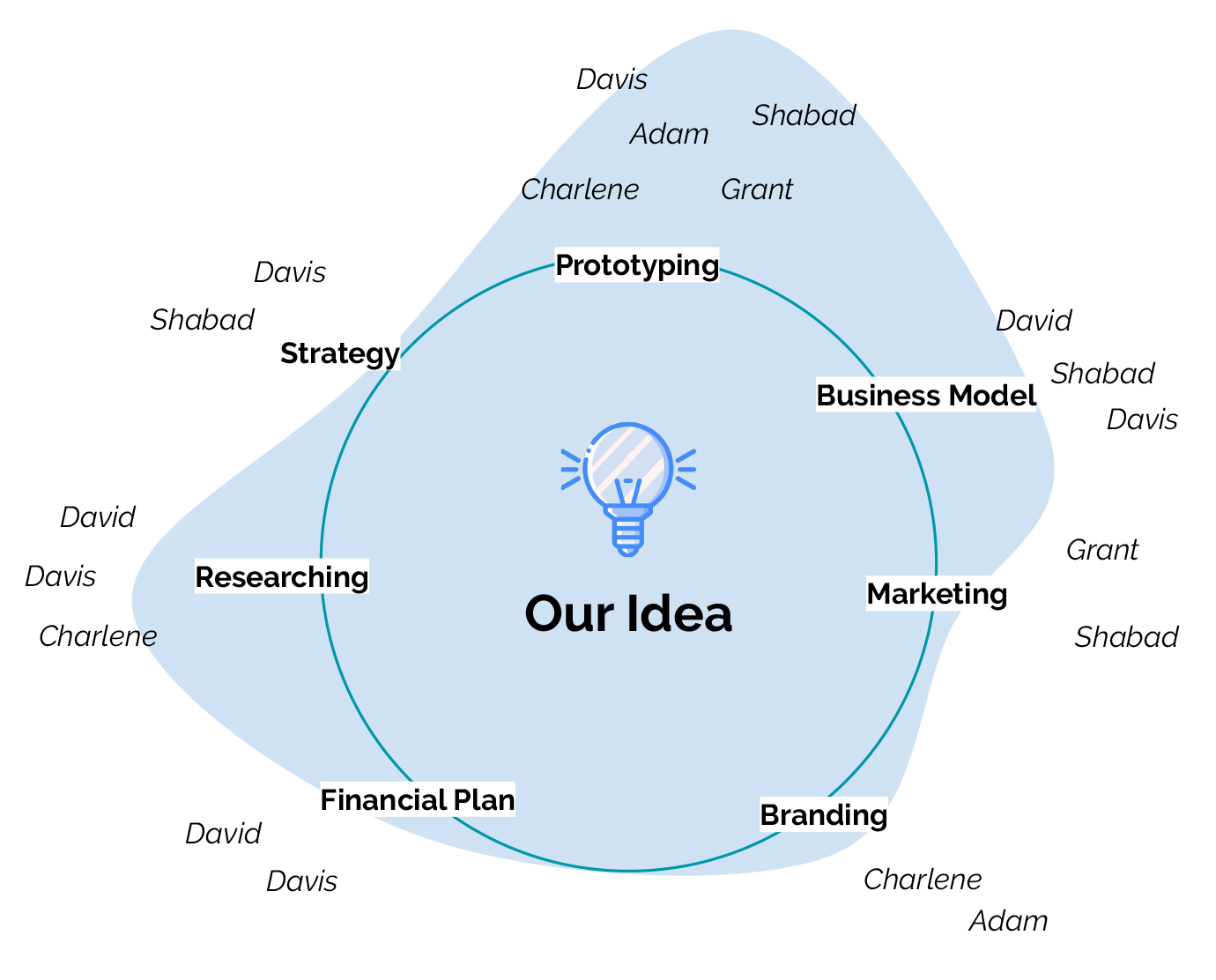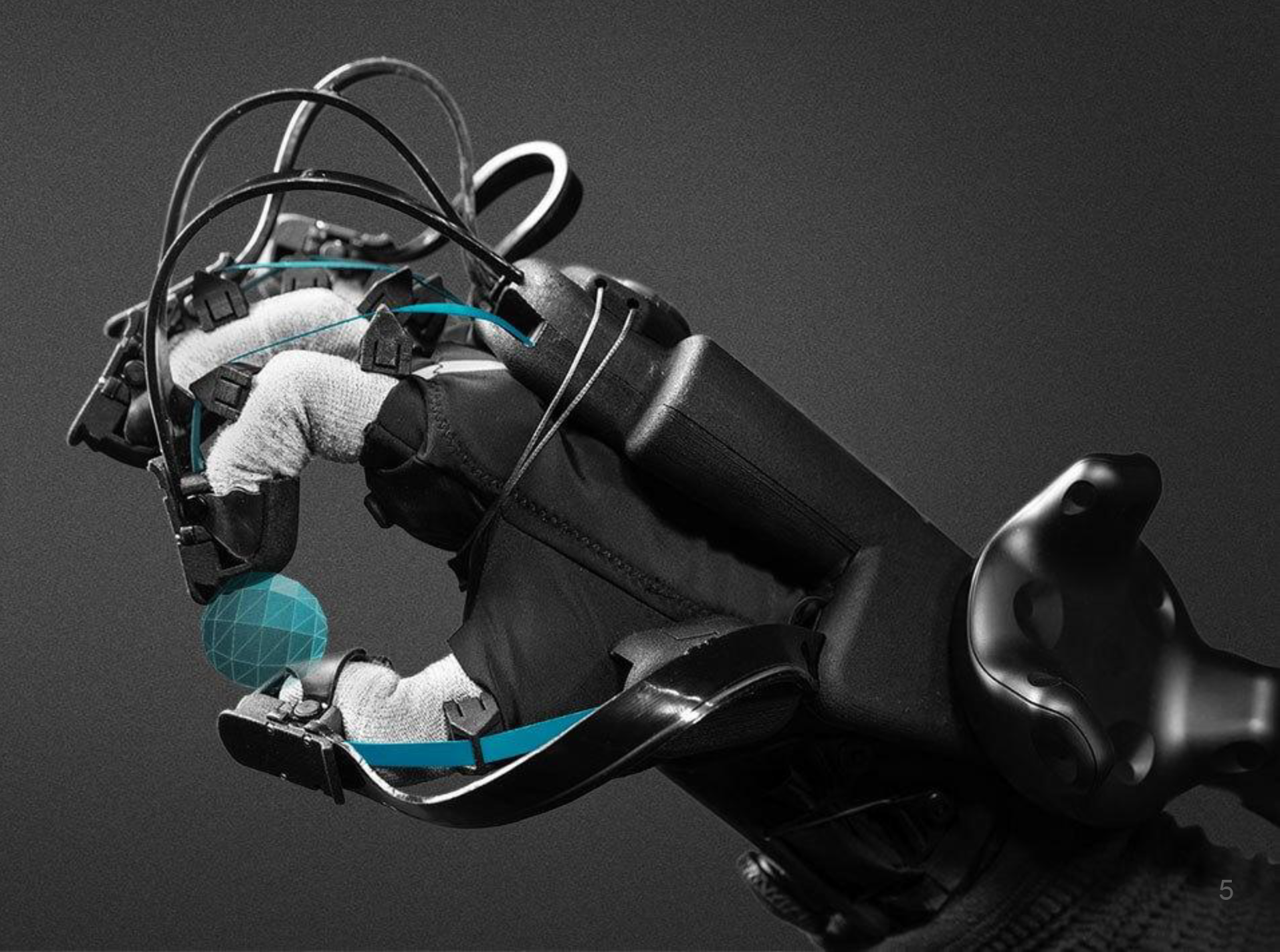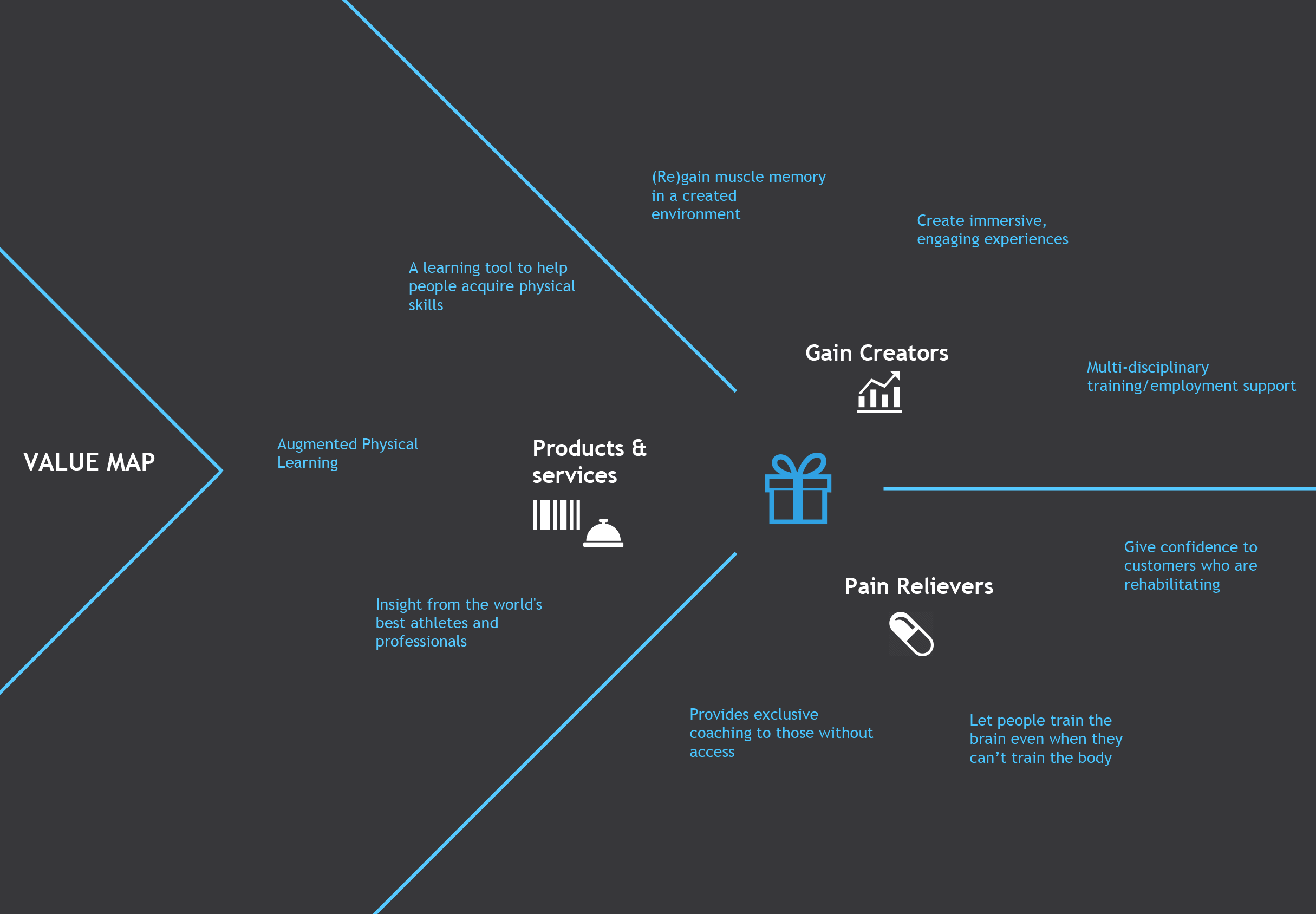Augmented Physical Learning
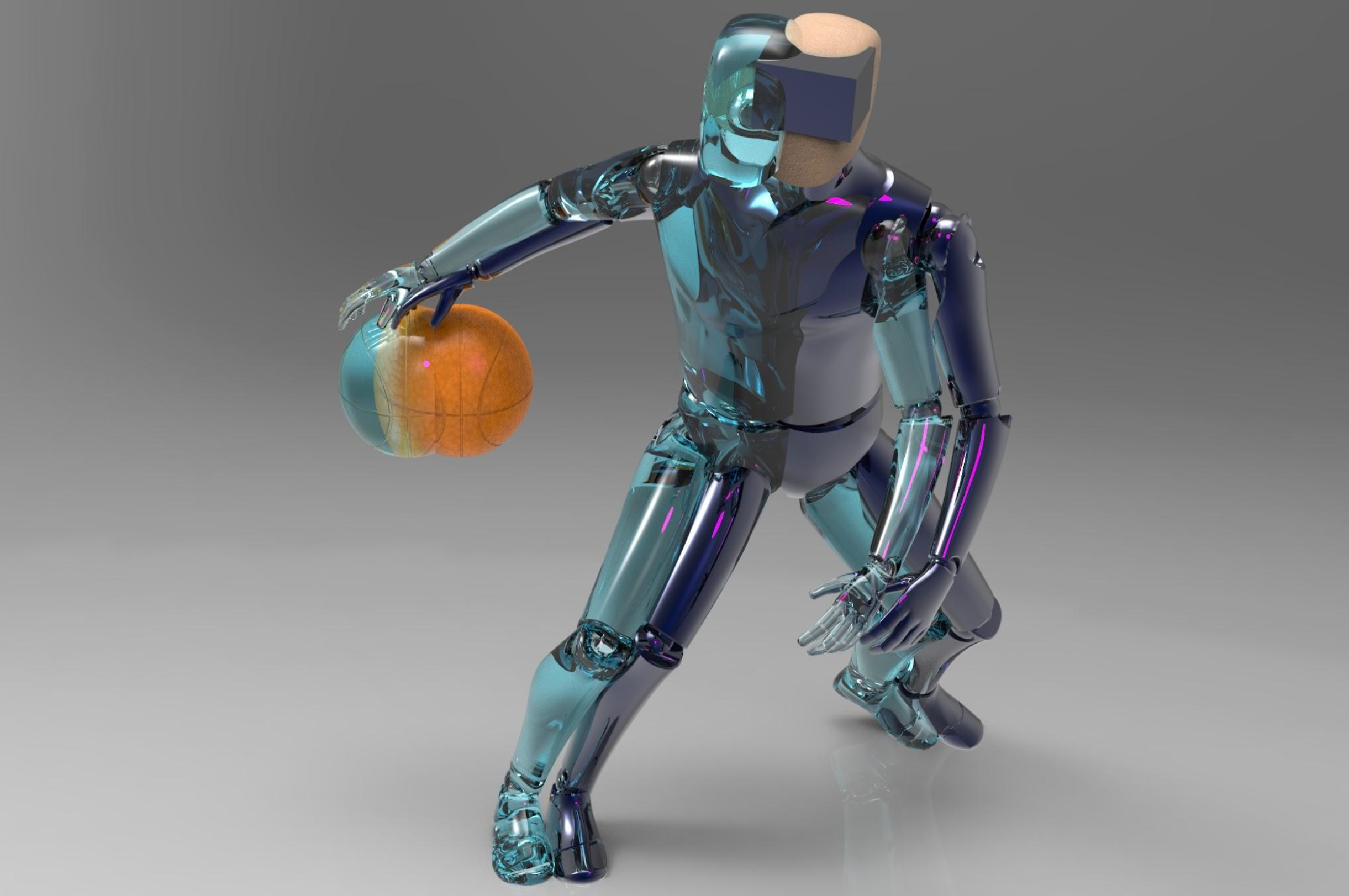
A business design project proposal intended to strategically partner Myant’s textile computing technology with AR for training, rehab, athlete markets
Design Process
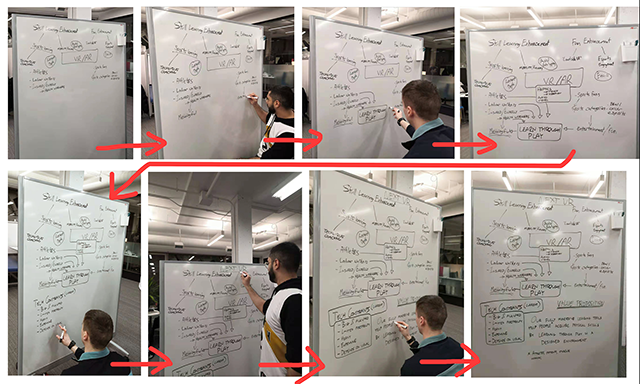
After assembling our team of six, we quickly found that we had a diverse set of skills: business development, strategic foresight, research, graphic design, and prototyping were all represented among us. As a result, it was sensible to take on roles that most suited each of us, which placed me firmly into research and content writing duties.
My interests in tangible and wearable interaction design and my teammates’ in in remote AR/VR experiences and interactive athletic training and rehabilitation equipment set us on our path for trend research. We looked into a few companies in these spaces, such as NextVR, BHaptics, Teslasuit, Novasentis and Myant, with the latter inspiring us the most in terms of potential design opportunities.
The key to the formation of our concept was my bringing forward the idea of combining textile computing with AR or VR technology to create a product that provides an invisible tactile dimension. This may have been too broad a scope overall, but it inspired our eventual direction; soon after, Grant suggested the potential for improving rehab and any kind of physical training by artificially providing tactile feedback with Myant’s technology. From this, we were able to consolidate opportunities and build a business model.
Our value proposition was then defined by the term “augmented-physical learning”, suggesting the potential value to be gained by designing a system to deliver physical stimuli remotely and virtually. The major gains we identified were the ability to regain muscle memory (supported by our research) and improve recovery time and effectiveness, the immersiveness of the experiences we could create, and help people spend less time with their lives interrupted by injury recovery.
To pitch to Myant, our project proposal focused more explicitly on the users of our proposed product: we built on our persona (based on a real professional race car driver who was injured and went through extensive rehab) and provided a look at an intended user journey that would provide value to someone in similar circumstances. Beyond this, we developed a clear breakdown of costs, competition in the market that we would face, an initiation strategy with specific phases identified, and a systemic view of how the product’s ecosystem would function, with all of the necessary partnerships with other companies and research institutions.
Results
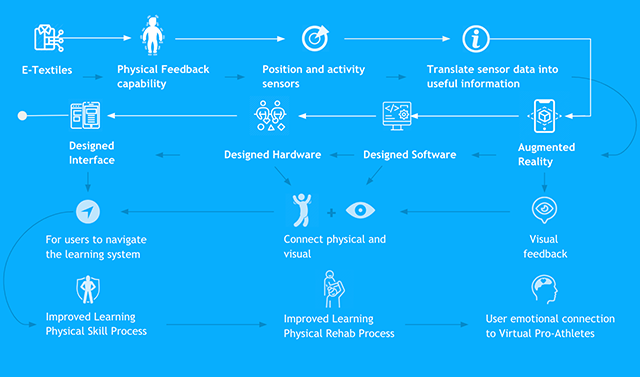
- OCAD University: Bachelor of Design (Industrial Design)
- January-March 2020
